In the realm of multimedia devices, having a grasp of different video interface types is crucial for seamless connectivity and optimal performance. Let's explore the diverse range of interfaces available in today's consumer electronics market:
1. VGA (Video Graphics Array)
In fact, as early as 1987, VGA was introduced as a video transmission standard by IBM. Initially launched alongside IBM's PS/2 (Personal System 2) personal computer in the same year, it served as a video standard with high resolution, fast display rates, and rich colors, gaining widespread application in the realm of color displays.
- Legacy Connector: Once a standard for video output, commonly found in older monitors and projectors.
- Analog Signal: Transmits analog signals and supports lower resolutions compared to modern interfaces.
- Gradually Phased Out: Being replaced by digital interfaces due to limited resolution support.
2. DVI (Digital Visual Interface)
DVI (Digital Visual Interface), on its advent, aimed to replace the VGA interface that solely transmitted analog signals. It utilized standardized digital transmission to enhance the visual quality of display devices and employed Transition Minimized Differential Signaling (TMDS) technology to ensure stability in high-speed serial data transmission. However, its drawbacks include a larger interface size and limited bandwidth.
- Digital Video Transmission: Supports both analog and digital signals (DVI-I), making it versatile.
- High Definition: Offers high resolutions, suitable for various display devices.
- Phasing Out: Facing a decline in use due to newer and more versatile connectors.
3. HDMI: A Multifaceted Video Interface
HDMI stands as the epitome of multimedia connectivity, revolutionizing how we transmit audio and video signals. More than just a cable, HDMI embodies versatility and innovation. In April 2002, seven companies including Hitachi, Matsushita (Panasonic), Philips, Silicon Image, Sony, Thomson, and Toshiba came together to establish the HDMI (High Definition Multimedia Interface) organization. Starting from December 2002, they continuously released standards for HDMI, ultimately replacing the DVI interface with a more advanced and expansively capable HDMI interface.
Unmatched Integration: Carrying both high-definition audio and video signals through a single cable, HDMI streamlines connections in home theaters, gaming consoles, and more.
Evolution in Resolution: From supporting 4K resolutions to the latest HDMI 2.1 capable of handling 8K displays, HDMI continually pushes boundaries for vivid and detailed visuals.
- Unmatched Integration: Carrying both high-definition audio and video signals through a single cable, HDMI streamlines connections in home theaters, gaming consoles, and more.
- Evolution in Resolution: From supporting 4K resolutions to the latest HDMI 2.1 capable of handling 8K displays, HDMI continually pushes boundaries for vivid and detailed visuals.
- Diverse Applications: With Ethernet capabilities, it facilitates internet transmission, contributing to smart TV functionalities and seamless connectivity in modern devices.
4. DisplayPort: The Rival of HDMI
DP, standardized by the VESA (Video Electronics Standards Association) in 2006, is a completely free video interface. DP (DisplayPort) is the first display communication port that relies on packetized data transfer technology. Its advantage lies in fewer pins required to achieve higher resolutions.
The application of data packets also allows for DP's scalability, meaning that over time, additional functionalities can be added without significant changes to the physical communication port itself. A significant advantage of DP over HDMI is its higher bandwidth. The HDMI 2.1 standard has a bandwidth of 48 Gbps, supporting a single 8K (7680 × 4320) display at 60Hz / 4:2:0/12bit. DP is the only interface choice available. Additionally, DP's content protection protocol uses AES technology with up to 2048-bit key length, offering more reliable protection compared to HDMI's HDCP technology.
- High Performance: Known for its prowess in supporting high resolutions and refresh rates, DisplayPort caters to the needs of graphic-intensive applications, gaming, and professional displays.
- Manufacturer-Friendly: With open standards and no licensing fees, DisplayPort attracts manufacturers, allowing for innovation without financial constraints.
- Future-Ready: DisplayPort 2.0's staggering bandwidth capability (77 Gbps) sets the stage for handling 8K displays and beyond, ensuring its relevance in upcoming technology.
5. USB-A
- Ubiquitous Connector: Widely used for data transfer, power, and peripheral connections.
- Limited Video Support: Adapters exist to convert USB-A to HDMI or DisplayPort for video output.
- Legacy Compatibility: Continues to be prevalent in numerous devices and setups.
6. Mini DisplayPort
It was developed by Apple to replace the earlier DVI and VGA ports.
- Compact Variant: Smaller form factor suitable for laptops and compact devices.
- Comparable Performance: Maintains high-resolution support like its larger counterpart.
- Adapter Usage: Often requires adapters to connect to HDMI, DVI, or VGA interfaces.
7. USB-C
Amidst the video interface landscape, USB-C emerges as a dynamic force, offering more than just video transmission:
- Versatility Personified: USB-C transcends traditional boundaries by handling not only video but also power delivery, data transfer, and connectivity for a myriad of devices.
- Adaptable Interface: Its compatibility with Thunderbolt 3 enhances its capabilities, allowing for high-resolution video output and fast data transfer in devices like laptops and monitors.
- Future-Proofing: As devices increasingly adopt USB-C, it represents a step towards a unified, versatile standard for connectivity across various devices.
At present, the mainstream video interfaces are HDMI and DP. Due to HDMI's early advantage and continuous push by major display panel manufacturers, HDMI has achieved the highest level of prevalence. Meanwhile, DP, leveraging its superior technological capabilities, has carved a niche in the high-end monitor market. As to who will dominate the video interface market in the future between DP and HDMI, it remains uncertain. What is certain, however, is that with ongoing competition among manufacturers, greater bandwidth, and enhanced encryption technologies, the future holds promises of delivering even higher-definition and more convenient video experiences for consumers.

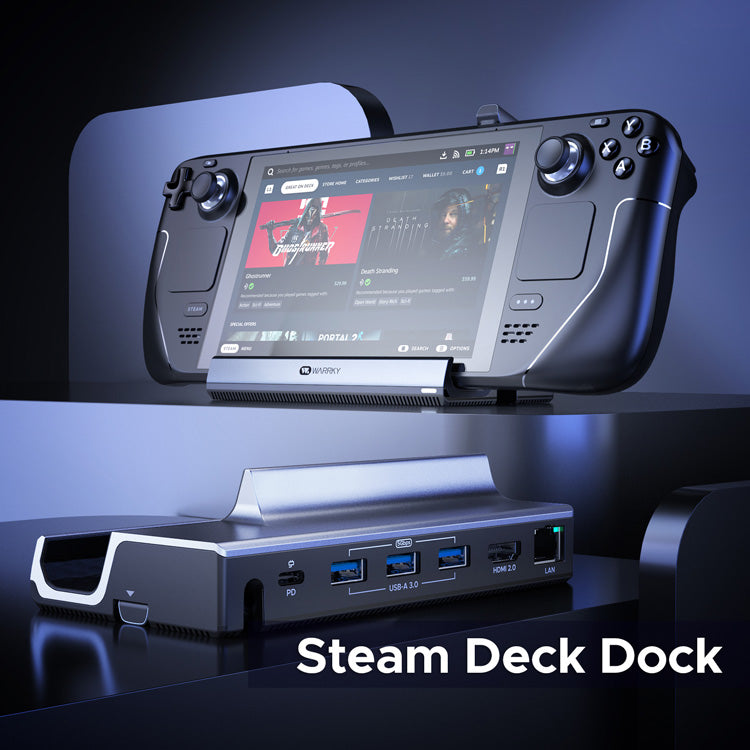
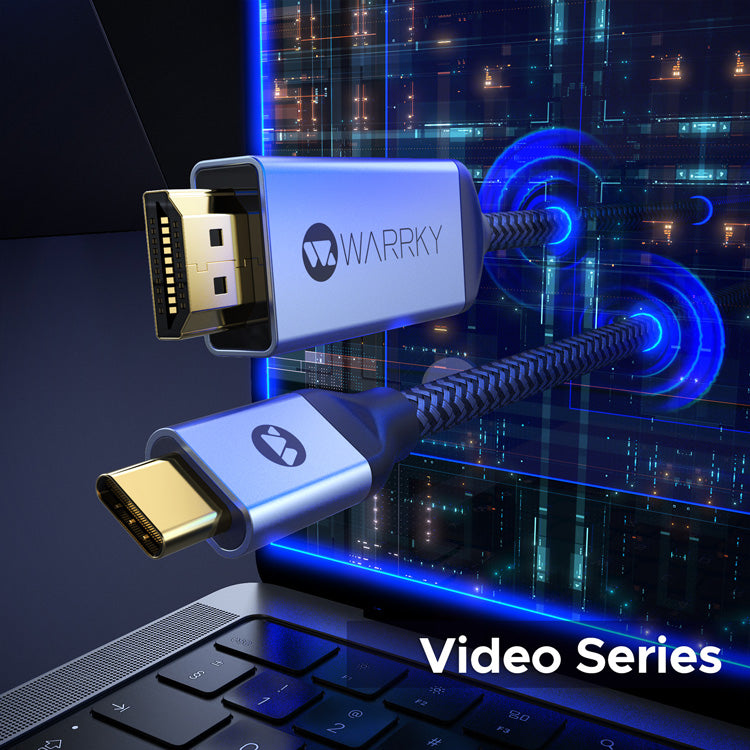
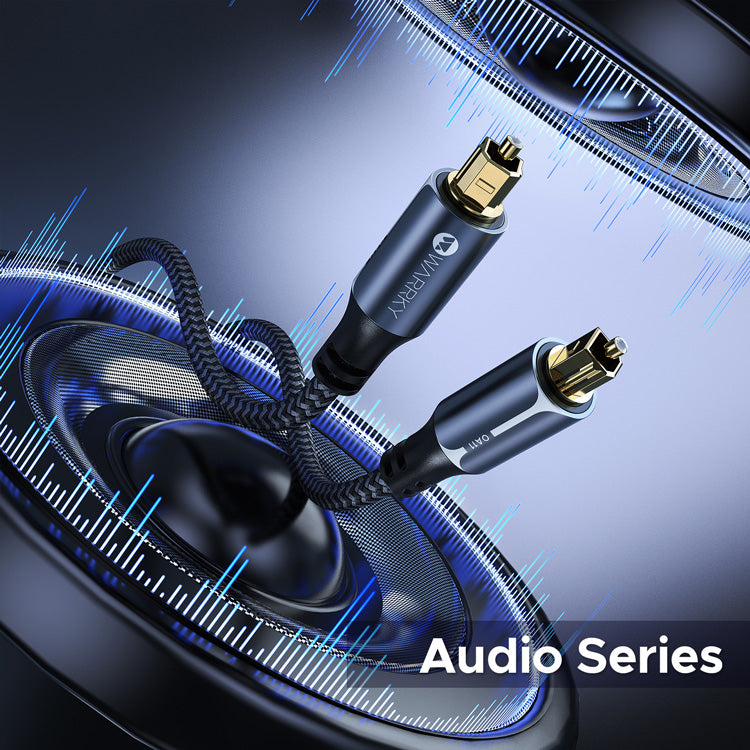
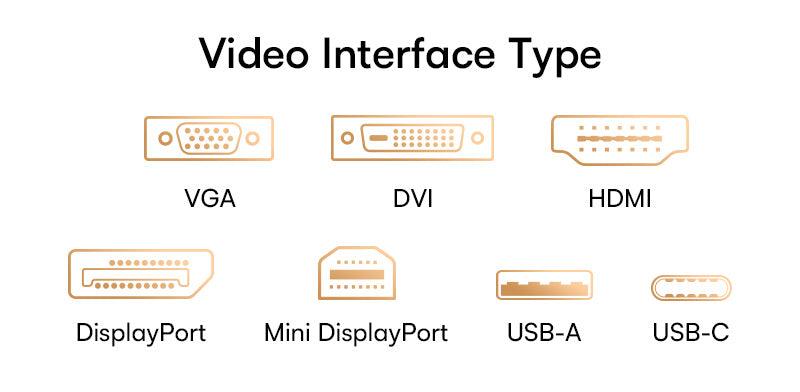
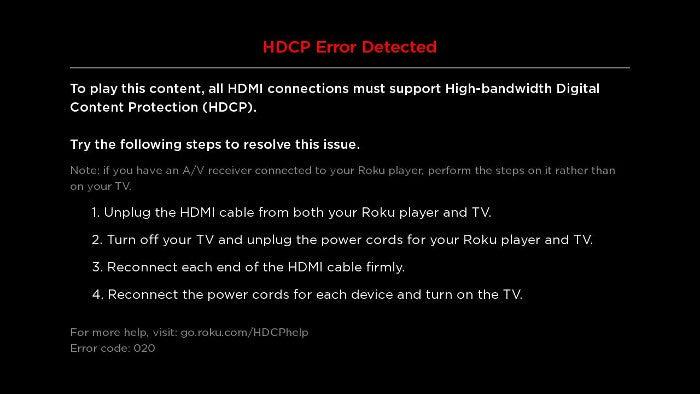
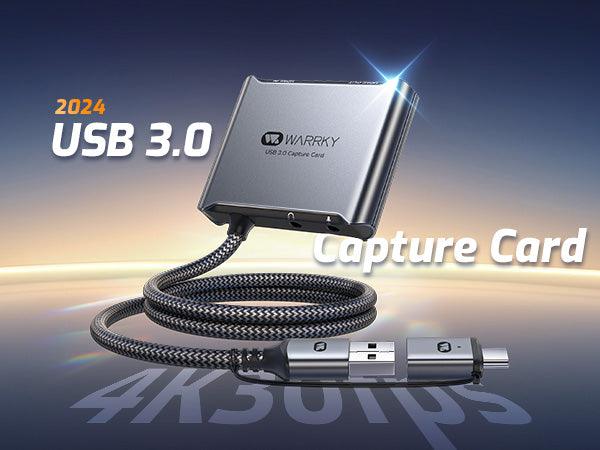
Leave a comment
All comments are moderated before being published.
This site is protected by hCaptcha and the hCaptcha Privacy Policy and Terms of Service apply.